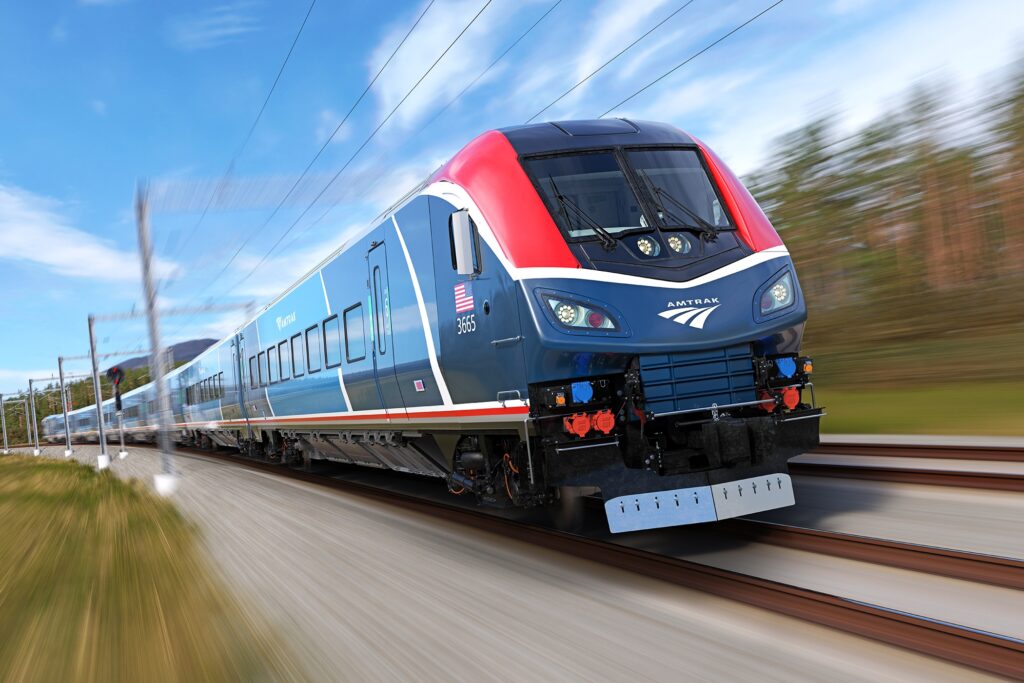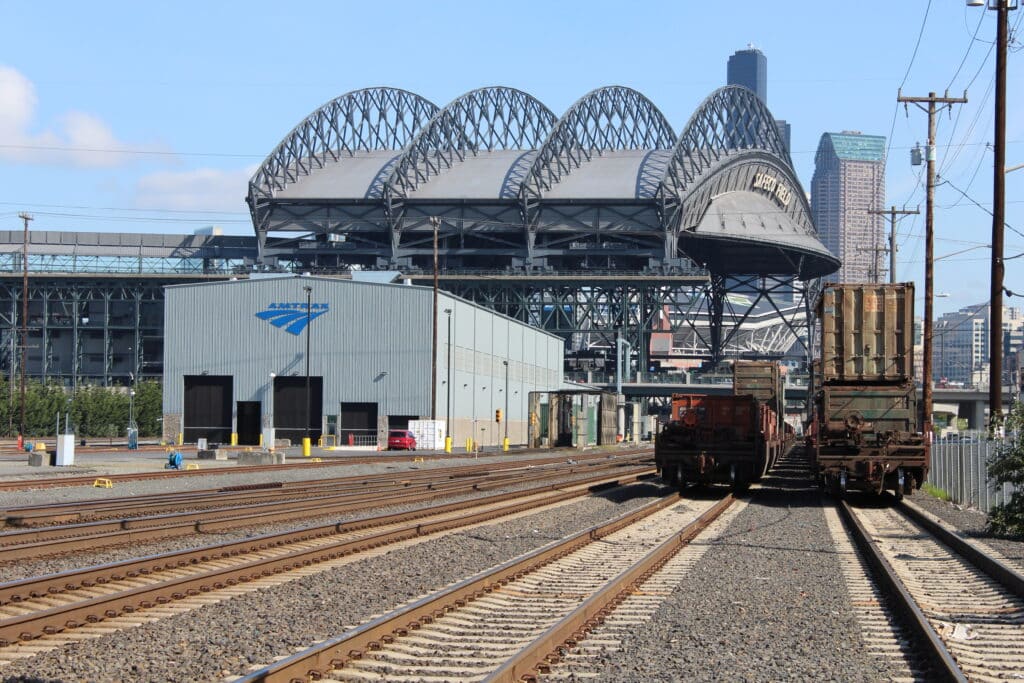As passenger demand for modern, reliable rail service continues to grow, Amtrak is responding with major infrastructure investments across the country, beginning with a bold new project in the heart of Seattle. Construction is now in full swing at Amtrak’s King Street Yard, where the company has begun laying the foundation for a nearly 100,000-square-foot advanced maintenance facility. This transformative development promises to redefine rail operations in the Pacific Northwest.
“The Pacific Northwest is a key priority for Amtrak,” said Roger Harris, Amtrak President, during a recent site visit. “With heavily traveled routes like Amtrak Cascades connecting Seattle, Portland, and Vancouver, B.C., as well as iconic long-distance lines like the Coast Starlight and Empire Builder, this region is vital to our national network. The new facility will enable us to meet rising demand with faster, safer, and more comfortable trains.”
The facility is designed to support a new generation of Amtrak Airo trains, sleek, state-of-the-art train sets that will debut on the Cascades route in 2026. Unlike traditional trains composed of separate cars and locomotives, the Airo trains will operate as unified sets, offering enhanced efficiency, improved aerodynamics, and a better passenger experience.
The construction effort is one of the most ambitious infrastructure upgrades ever undertaken at King Street Yard. After awarding the construction contract in the summer of 2024, Amtrak and its contractors swiftly began early-stage work, including the relocation of existing structures and train car equipment, followed by extensive grading. The site is now entering a critical phase of pile driving to stabilise the foundation, with excavation expected to wrap up by late 2025. Vertical construction of the pre-engineered metal building will begin in early 2026.
Once completed in 2027, the modernised yard will boast a two-bay Maintenance and Inspection facility as well as a dedicated Service and Cleaning bay, designed to streamline operations, reduce turnaround times, and establish a new gold standard for train maintenance.
Seattle’s project is part of a broader national initiative to modernise Amtrak rail yards and support the rollout of the Airo fleet across more than a dozen key routes. Similar facilities are under construction in Philadelphia, with contracts recently secured in Boston and Washington, D.C. Meanwhile, planning and procurement efforts are underway in New York City and Rensselaer, N.Y.

Although these behind-the-scenes upgrades are largely invisible to passengers, they are critical to improving the consistency, efficiency, and quality of Amtrak’s service. These new facilities are designed to accommodate the unique technical and operational requirements of the next-generation fleet and will help standardise maintenance practices across the network.
During his Seattle visit, Harris led a media tour of the construction site, met with local employees, and engaged with regional stakeholders to discuss the future of passenger rail in the Pacific Northwest. He emphasised that the King Street Yard upgrade is more than a maintenance project, it’s a major step forward in Amtrak’s long-term strategy to provide world-class service in a cleaner, faster, and more efficient rail system.
“This is a transformative moment,” Harris noted. “We’re not just investing in new trains, we’re investing in the infrastructure and people that make modern rail possible.”
With its commitment to sustainability, innovation, and operational excellence, Amtrak’s expansion in Seattle signals a renewed focus on the Pacific Northwest and a broader push to reshape the future of American rail travel.



